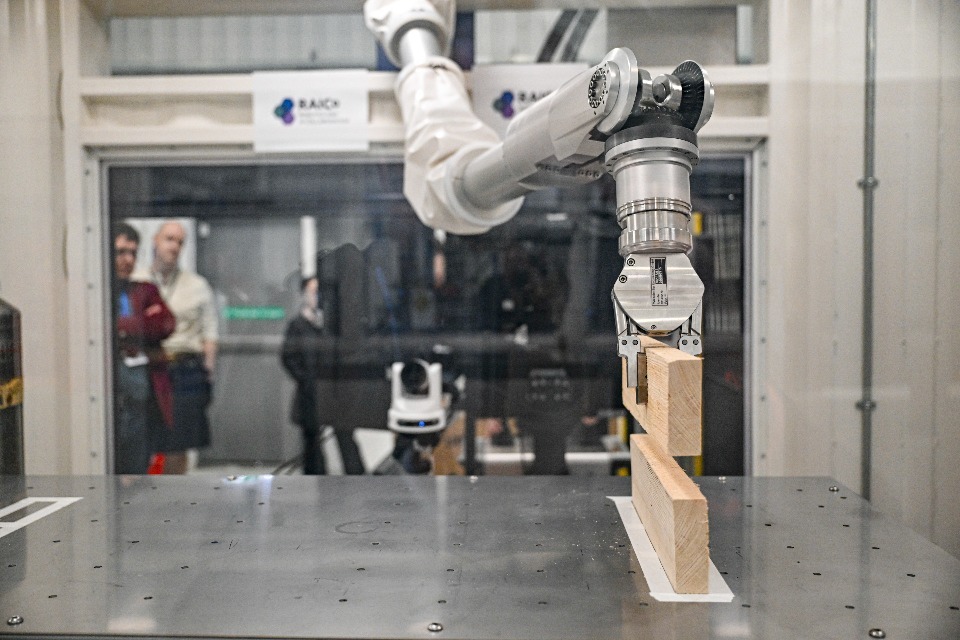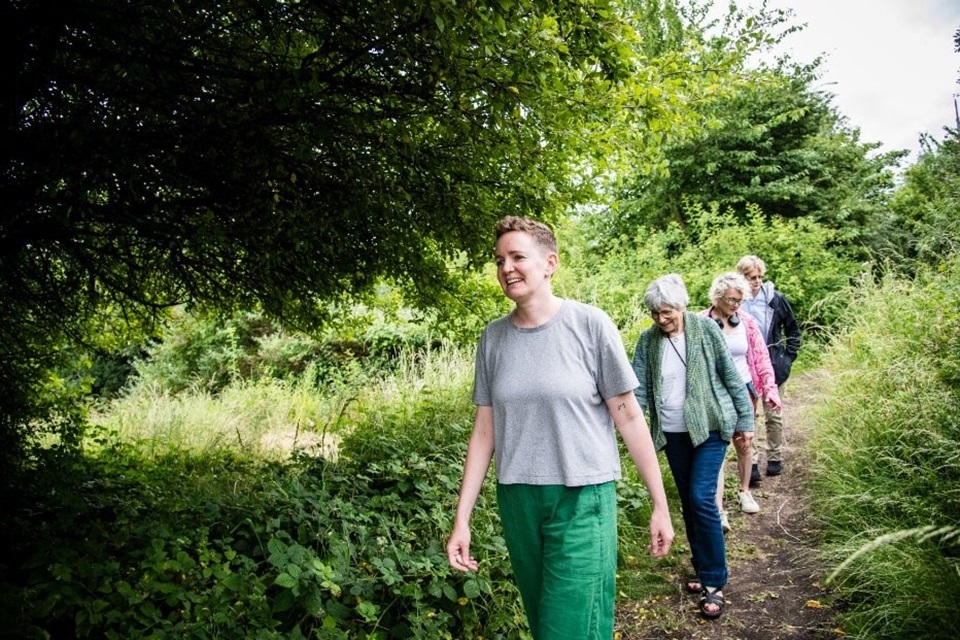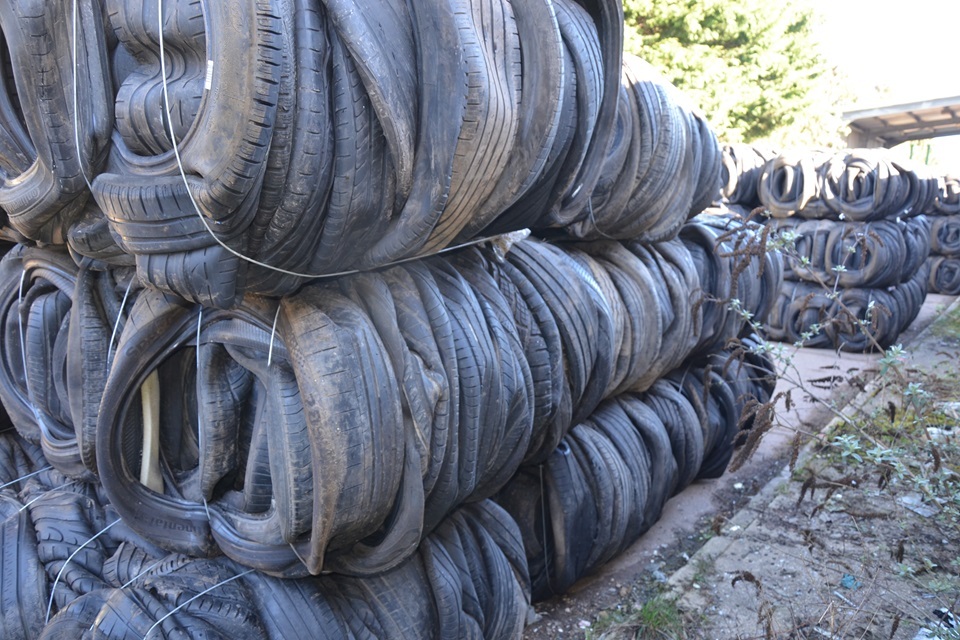What's On
The Lord Mayor of the , Alastair King, has today…
Going Out
Reviews
Romanian The kitchen is extremely excellent and one of the…
Latest Articles
The best gifts you can buy for gamers” datanexthead/>nAs a consumer journalist, Pete has reviewed hundreds of products…
The week-long workshop showcased best practice in innovative technologies to support nuclear decommissioning. Held at Energus in West…
Pizza Express has announced that it has agreed a refinancing deal with over 97% of its existing bondholders.…
Louise Smyth CBE, Chief Executive of Companies House and Registrar of Companies for England and Wales will be…
The UK has bolstered its support to Myanmar earthquake, allocating a further £10 million to the ongoing humanitarian…
The best photography gifts” datanexthead/>Simon specialises in testing the latest smart gadgets, home entertainment gear, headphones, speakers, portable…
The British High Commission is proud to announce winners for the fourth annual Ambassador for a Day (AfD)…
Good afternoon everyone, I’m sorry I can’t join you in person, but I am delighted to join my…
In Spotlight
Celebrate Easter weekend on stage with unlimited brunch offerings and…





































